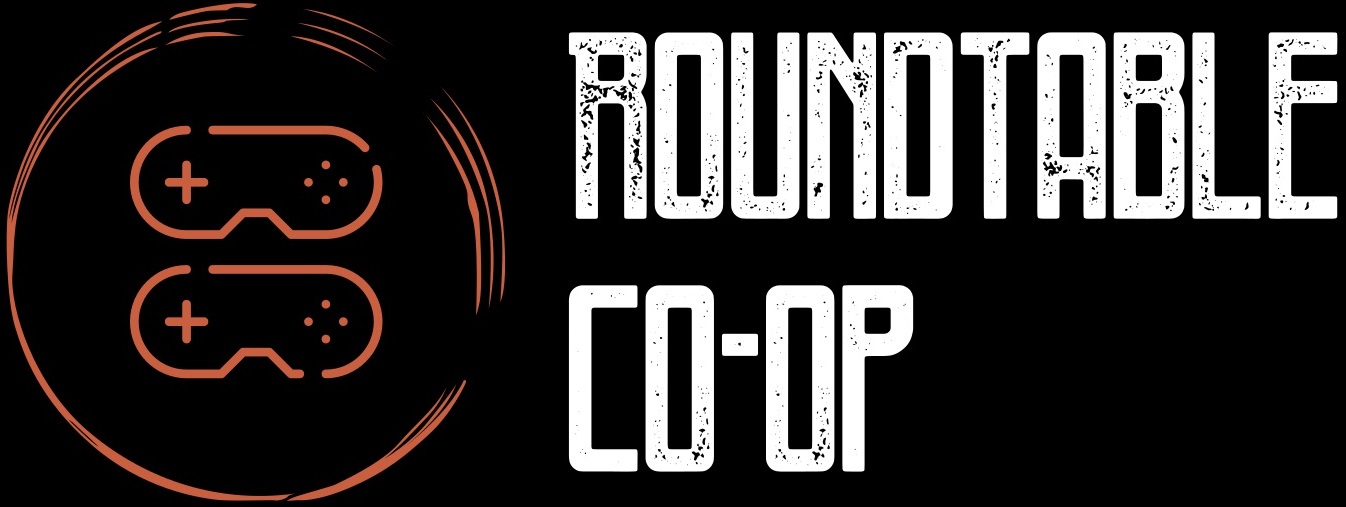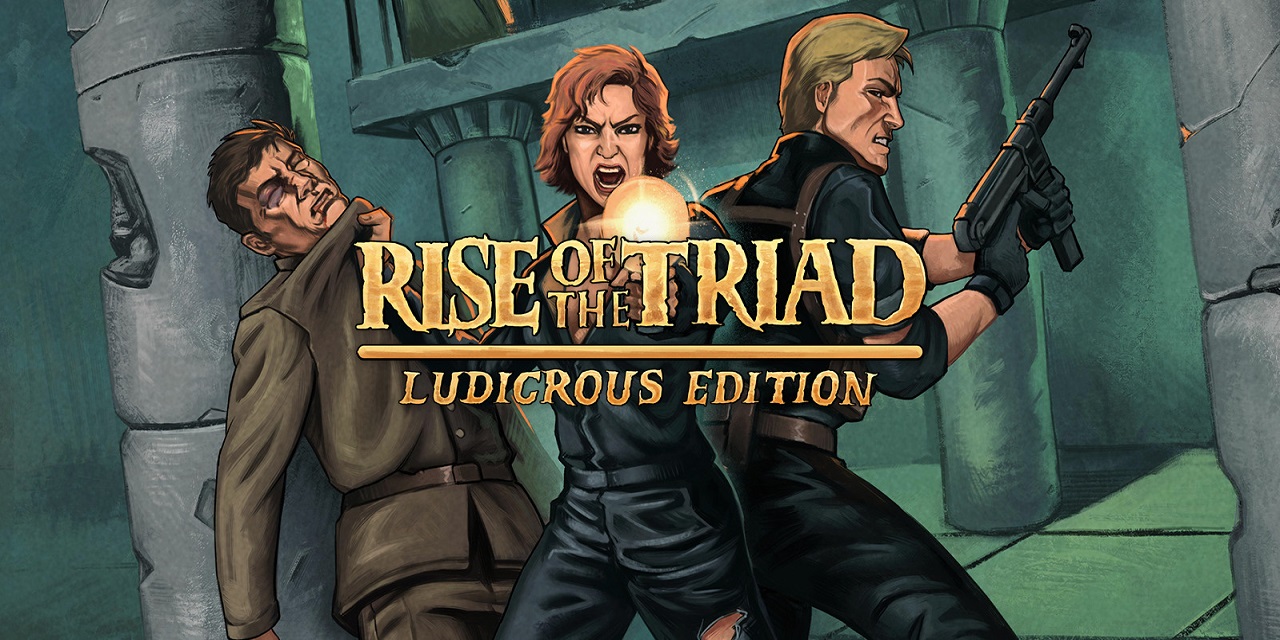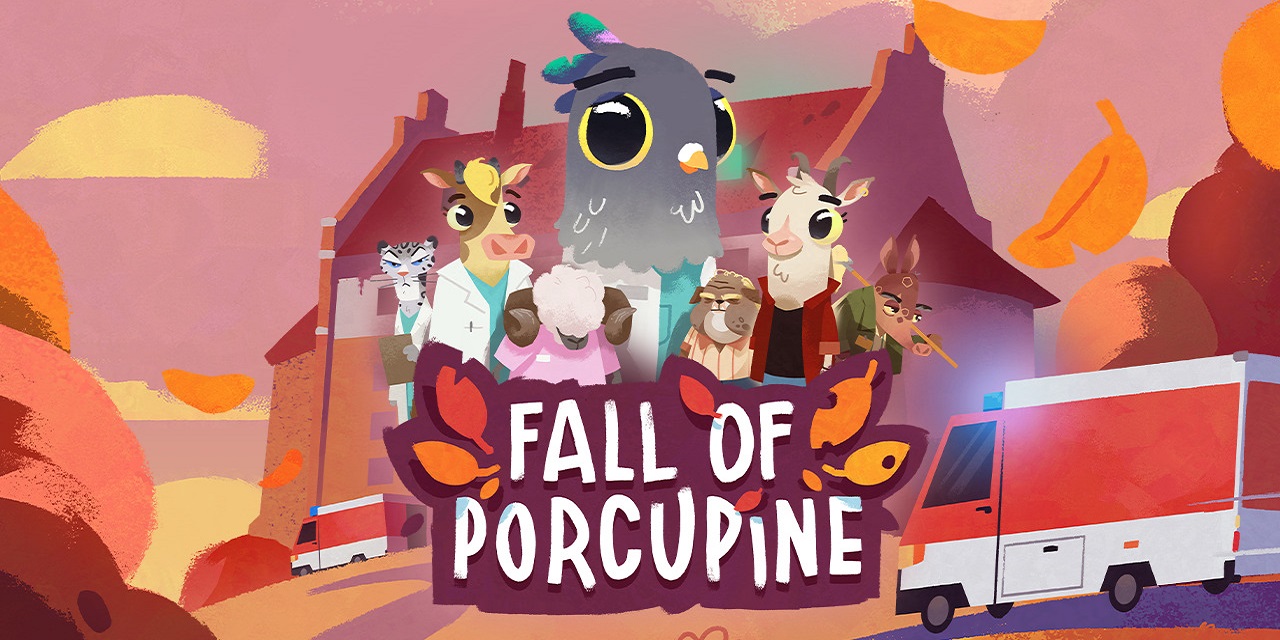Developed by Petroglyph Games (Command & Conquer: Remastered, Star Wars: Empire at War) and published by Frontier Foundry, The Great War: Western Front does something both rare and seemingly very hard to do – make a good WW1 RTS. The trench warfare of WW1 is generally thought to be the most horrific warfare we’ve engaged in which is part of it, but the horrible reality of it aside it’s hard to make trench warfare with extreme casualty ratios fun. That does come through here somewhat; there is definitely far more repetition than is ideal, with every defense being a 20-minute horde defense, and every attack is finding the weakest avenue to exploit the enemy firing lines and then repeat sometimes multiple times per 1 month turn over the duration of the war. It manages to be compelling somehow, but it definitely won’t be for everyone.
The aesthetic and tone are conveyed very well, and they definitely paid enough respect to the sacrifices made that you could expect from a video game. Cutscenes and loading screens are all thematic, and the score composed by Frank Klepacki is of course very much on point. The graphics are at the very least fine in every regard, but the sound effects are let down a little. The fire from the trenches sounds hollow, even in massive waves of fire three trench lines deep, but the artillery barrages are nice and impactful and the drone of planes overhead as they slowly float around is fitting. News and events pop up steadily through the war, be it a choice on using your navy to attack or defend, or just the announcement of something that happened elsewhere like Gallipoli or Jutland which do help immerse you in the fact that this is a world war with actions occurring over a large part of the globe.


The campaign map feels feature-light compared to some other hybrid TBS-RTS games like Total War or Star Wars: Empire at War. Given it’s a historic setting there’s arguably not as much they could do, but it *is* their job to make sure it’s fun and this area is very basic. You can research things, upgrade buildings in each sector, move your units around, and click on one of two options on the occasional event. It’s passable, but there should be more for the player to do here. An irritant is every turn, either player can move any number of troops from anywhere to anywhere, so you need to check every enemy hex every single turn to see if you need to reposition your forces which is tedious. It should at least be highlighted by the computer “large movement to here, away from there.”
Something that is always good to have in a game is “builds” – a player-chosen selection from a limited pool of options. This can come across in RTS at a high campaign level and low battle level. At the campaign level here, you can choose to spend more resources on aircraft and tanks to have them available in more locations, and you can try to balance your conscripts and elites around so you can choose to use them too when playing as Germany, but you can’t choose to produce more or spend more money training to have fewer conscripts and more regulars. As the allies, you get more options with infantry as every nationality has its own perk but again you cannot choose to bring in more Australian or Canadian regiments. You have to make do with what you have and enjoy them in the battles they’re in, but they can’t be in many places. On the battle map your choices are quite limited – do you need to assault trenches? Add some assault units, if not then use whatever units you can afford and it’s basically fine. More options for build variety would really help the game a lot, the research tree doesn’t provide anywhere near enough unit differences in this regard.



The battle map is reasonable but definitely suffers from repetition. Remembering maps between fights is great but there’s never a change in trench ownership as happened regularly historically, you just fight the same battle over and over and over again. Increasing technology over time can mix it up, introducing planes, tanks, assault infantry, and more artillery functions helps spice it up but the map not being dynamic really hurts the replayability of the campaign. The AI is very lacking; every defensive battle is wave after wave of infantry assaulting one area of trenches while artillery tries to suppress your lines. This can continue with targeting one point the entire 20-minute timer, or they could move their attacks to the other side of the map.
There are no feints or misdirects, just “Oh they’re attacking this point, send the ready reserve over to replace the eventual losses, withdraw weakened surviving units and replace them with fresh ones.” If you can’t intuit effective ways to use trenches, this could be very difficult, but it quickly turned into 20:1 loss for the enemy when they attacked me with a nice gain in national will for me and a huge loss for them. I’m confident you could win the campaign without attacking once, simply by reducing their will in brutal casualty ratios as you defend.





The game had a demo available several months prior to release which Roundtable Co-Op covered. The concerns we had were justified, and the problems found were mostly not remedied. Something that should not even have been present in the demo let alone the release version is a pause button that doesn’t unpause. You hit pause and then have to click on a speed button to start the game again, this is not how any game does it… a side benefit I guess was it made me learn even more AutoHotkey scripting so now I have easy toggle functionality for keys should this happen again. There are also inconsistencies in troop control where moving a troop that’s in a trench will sometimes send them over the top instead of through the trenches, so they get annihilated for no reason which is frustrating, and the control of multiple units feels primitive.
It is common now for multiple units to be controlled in a way where you select them, right-click where you want them to go, and while holding RMB drag the mouse in the direction you want them to face and then increase or decrease the spacing of the units, also while maintaining current formation or building a new efficient formation. All you can do is manage facing here – which sometimes doesn’t work. Usually if you try to do it close to where the unit already is and other than that it will maintain the existing spacing between units. If you pull your troops from all over to ready for an attack, they won’t gather up. They’ll be spread far and wide and you’ll need to move them into a formation 1 by 1.
The Great War: Western Front is a conditional recommend and it’s worth emphasizing that the game is not a full-priced title so it should be expected and acceptable to get less content and polish than a full-priced title. If you want a WW1 RTS focusing on trench battles, this is just about the only game to attempt it, and it does a solid job. Despite finding it repetitive, I kept coming back to soldier through the campaign, so it was compelling enough in some ways to warrant it. If you want a general RTS or strategy game and the theme doesn’t matter so much, you should definitely watch some gameplay to see if you might like it and keep in mind that you will have to do it over and over and over again.
I would generally recommend a different RTS to RTS players, like Starcraft, Age of Empires 4, or Starship Troopers for the more traditional style, or Regiments, Total War, or Nebulous Fleet Command for something that strays from the RTS norm established by Dune 2. The recently released Shadow Empire: Oceania might be more your thing if it’s the turn-based side you were looking for with a modernish military bent as it involves maneuvering infantry, tanks, and aircraft around the map much like this, but with a much deeper auto-battle system and surrounding government and diplomacy systems.
This review utilised a key provided by Heaven Media. The Great War: Western Front is available to play now on Steam and the Epic Games Store.
#roundtablecoop




